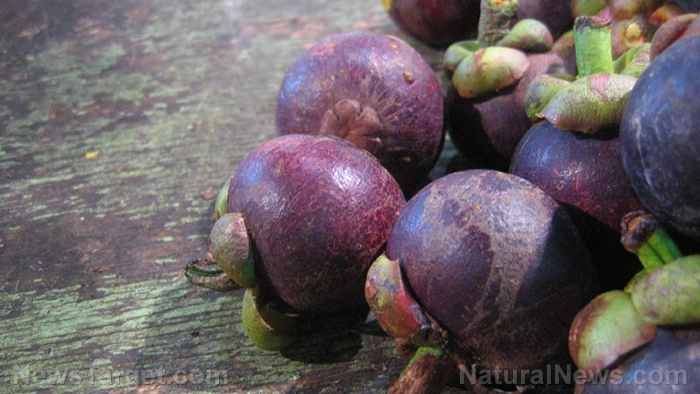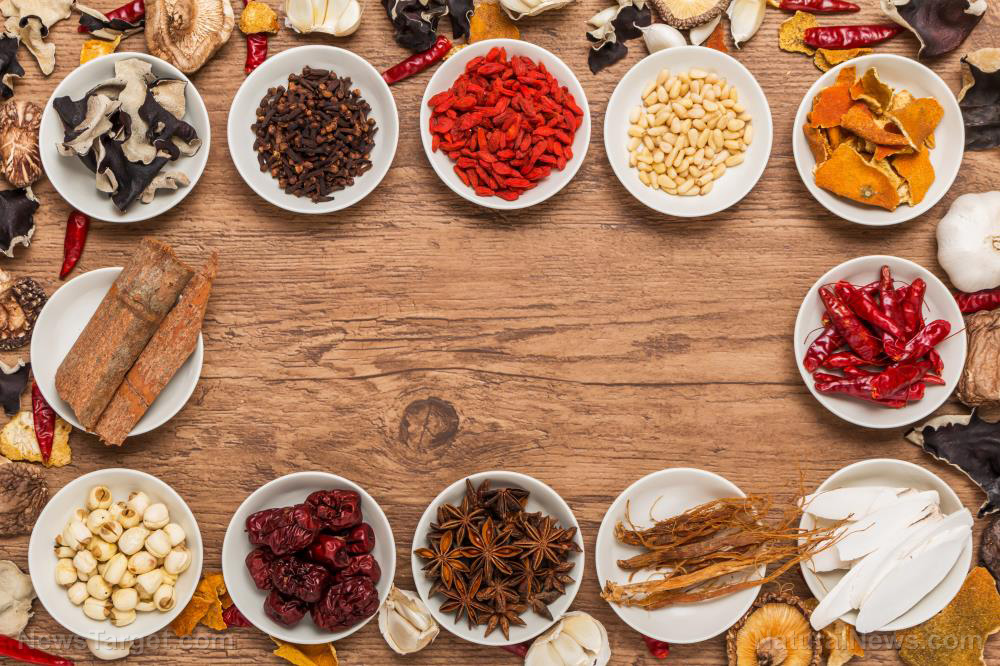
One out of every two people in the world can fall prey to malaria. Most cases and deaths involving the infectious disease are caused by Plasmodium falciparum, a parasitical protozoan that is spread by the female Anopheles mosquito.
Plasmodium parasites can quickly develop resistance to antimalarial treatments. These include the standard compound artemisinin and any partner drugs taken alongside it during artemisinin combination therapy (ACT).
Artemisinin works by creating free radicals that kill the parasite. These free radicals are neutralized by xanthones, which are natural plant-based compounds that possess strong antioxidant properties.
Interestingly, xanthones also stop the heme polymerization process that the malaria parasites use to protect themselves against excessive amounts of iron-based heme compounds. An earlier study by Susy Tjahjani of the Maranatha Christian University (MCU) showed that mangosteen contained xanthone compounds that showed antimalarial activities that complemented the parasite-suppressing ability of artemisinin.
The mangosteen is a tropical fruit tree that grows in areas rife with malaria. The rind of the fruit is packed with xanthone material. This skin is usually thrown away, but Tjahjani investigated its possible use as a new antimalarial partner drug for artemisinin. (Related: Scientists identify an effective malaria remedy in an overlooked African tree.)
Mangosteen rind is packed with bioactive compounds that inhibit malaria
Rind from mangosteens was processed, turned into powder, mixed with absolute ethanol, and evaporated. The extract was further broken down into fractions and then refractionated to obtain other fractions.
Eventually, ethyl acetate, butanol, ethanol extract, hexane, and water fractions were produced for experimentation. The extract and fractions were dissolved in dimethylsulfoxide (DMSO) to create a stock solution.
Each diffused solution of extract or fraction was tested on malaria parasites. The number of parasites in the treated groups was compared with untreated controls to determine how much each treatment suppressed their rate of growth.
In addition, the researcher partnered each of these extract/fractions with artemisinin at a 1:1 ratio. After measuring the inhibition of parasite growth, the relationship between the antimalarial drug and the natural compound was also analyzed. Their interactions graded as synergistic (positive), additive (neutral), or antagonistic (negative).
Mangosteen extract and fractions can support standard antimalarial treatments
Based on the results of the experiment, the ethanol extract, hexane fraction, and ethyl acetate fraction of the mangosteen rind showed significant antimalarial activity. Of these three, the hexane fraction demonstrated the greatest effectiveness. Meanwhile, the butanolic and water fractions only displayed minimal inhibition of parasite growth.
Tjahjani believed that xanthones present in the rind were responsible for the antimalarial activity. This was lent credit by the results of the earlier study on the antimalarial properties of the compounds.
Furthermore, all of the extract and fractions worked very well alongside artemisinin. Every single one of the solutions was able to improve the effectiveness of the standard antimalarial.
Again, the earlier study involving pure xanthones supported these synergistic results, as well as a separate study on hydroxycalabaxanthone and artesunate, which is another antimalarial drug like artemisinin.
Given these two studies used pure compounds, Tjahjani theorized that the extract and fractions tested in the current experiment contained compounds with similar effects. Additional research could identify these specific active substances, isolate them, and examine the full extent of their antimalarial capability.
Find out about natural sources of antimalarial activity at AlternativeMedicine.news.
Sources include:
BMCComplementAlternMed.BioMedCentral.com
Please contact us for more information.























